Space junk is raining down on our planet far more frequently than most people realize.
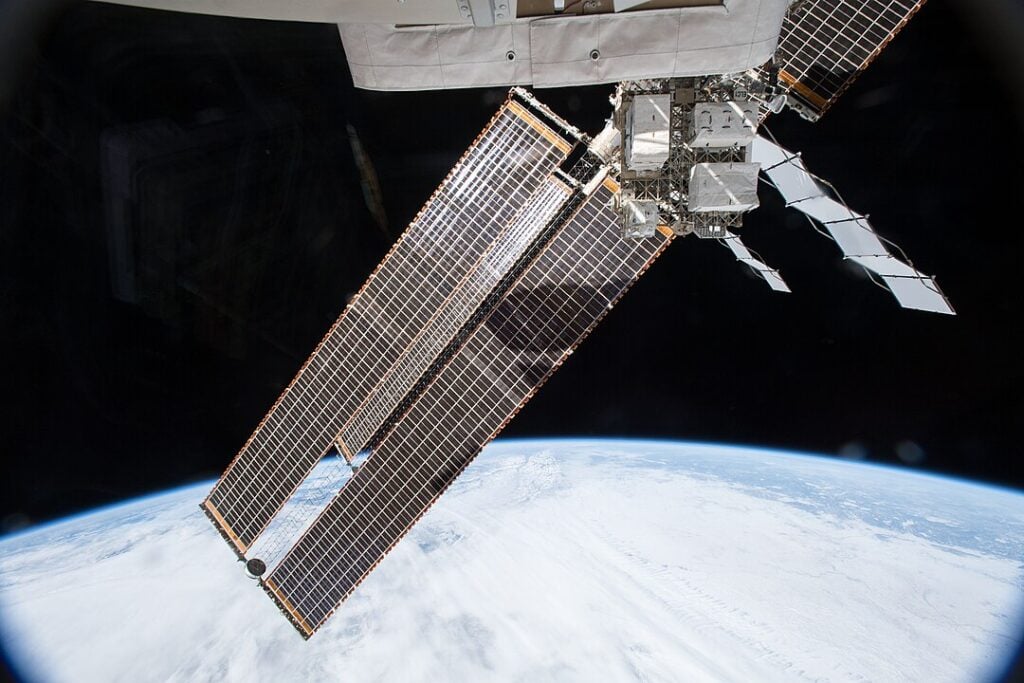
Thousands of defunct satellites, spent rocket stages, and fragments of space debris circle Earth in decaying orbits that eventually bring them crashing back through the atmosphere. While most people assume space agencies carefully control these re-entries, the reality is far more chaotic and concerning. Pieces of human-made objects fall to Earth daily, creating risks that rarely make headlines.
The problem continues accelerating as commercial space launches multiply and aging satellites reach the end of their operational lives. What happens to all this falling debris deserves far more attention than it currently receives.
1. Approximately one piece of tracked space debris re-enters Earth’s atmosphere every single day.
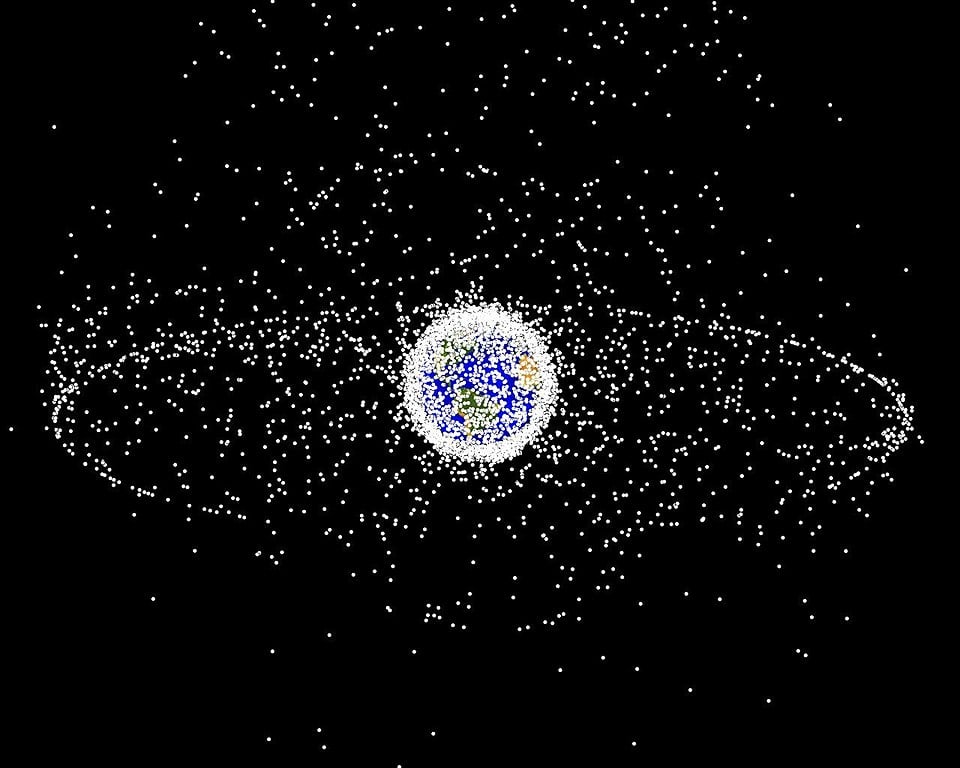
Space surveillance networks monitor roughly 27,000 objects larger than a softball orbiting Earth, and statistical models suggest these tracked items fall back at an average rate of one per day. This doesn’t include the estimated 130 million smaller fragments too tiny to track individually but still dangerous enough to cause damage. The steady rain of defunct satellites, rocket bodies, and collision fragments represents a constant bombardment most people never consider.
Most re-entries occur over oceans or unpopulated areas simply because those regions cover most of Earth’s surface, but the randomness creates genuine risk. Objects don’t follow predictable paths during final descent, making accurate impact predictions nearly impossible until hours before re-entry. Scientists can calculate general timeframes and potential impact zones spanning thousands of miles, but pinpointing exact landing locations remains beyond current capabilities. Every re-entry essentially becomes a cosmic lottery where debris could land anywhere within a massive footprint.
2. Large debris pieces regularly survive atmospheric re-entry completely intact and reach the ground.

The common assumption that everything burns up during re-entry is dangerously incorrect, particularly for components made of heat-resistant materials like titanium, stainless steel, and carbon composites. Fuel tanks, engine components, and structural elements routinely survive the fiery descent, slamming into Earth’s surface at high velocities. Some pieces weigh hundreds of pounds and retain enough energy to penetrate buildings or cause serious injuries.
Recent incidents include a Chinese rocket stage that scattered debris across villages in 2020 and a SpaceX component that crashed into an Australian sheep farm in 2022. These aren’t isolated occurrences but represent a pattern of close calls that happen far more often than public awareness suggests. Aerospace engineers design spacecraft for space operations, not controlled demolition during re-entry, meaning survival of dangerous fragments is practically guaranteed. The falling debris creates impact craters, damages property, and poses lethal threats to anyone unfortunate enough to be underneath when fragments arrive.
3. Nobody accepts legal responsibility or pays damages when satellite debris hits private property.
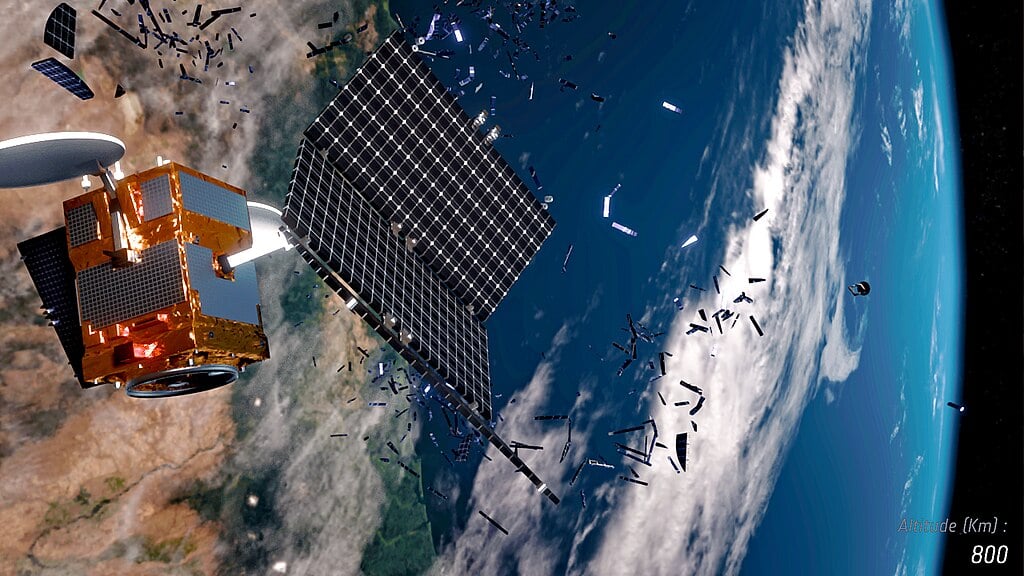
International space law remains vague and largely unenforceable regarding liability for space debris damage, leaving victims with little recourse when debris destroys their property. The Outer Space Treaty theoretically holds launching nations responsible, but proving which specific satellite or rocket stage caused damage is nearly impossible. Countries rarely acknowledge their debris caused problems, and filing claims through international channels takes years with minimal success rates.
Individual property owners who discover space junk on their land have no clear path to compensation, often getting stuck with cleanup costs for hazardous materials they didn’t create. Insurance companies typically exclude space debris from standard policies, meaning homeowners bear the full financial burden. Some victims have tried selling recovered debris to collectors or museums just to recoup losses. The legal vacuum encourages launching nations and companies to prioritize mission success over responsible disposal. Without meaningful accountability, the incentive to prevent uncontrolled re-entries remains minimal.
4. Toxic propellants and radioactive materials sometimes contaminate crash sites without adequate cleanup.
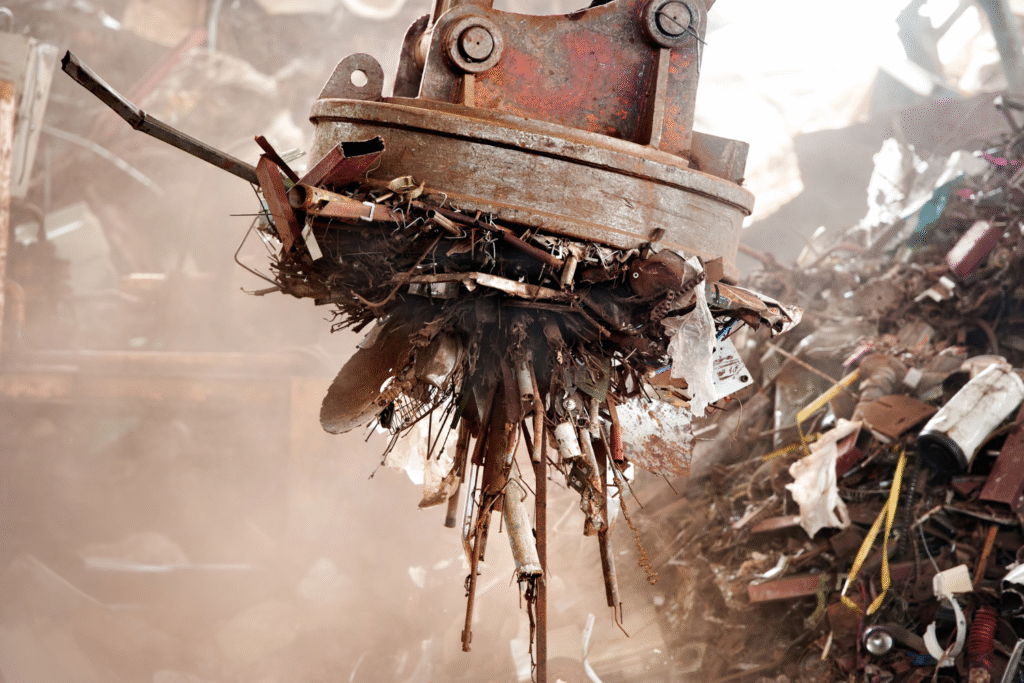
Satellites and rocket stages often contain hydrazine fuel, a highly toxic substance that doesn’t fully burn during re-entry and can survive in tanks that reach the ground. This colorless liquid causes severe health problems through skin contact or inhalation, yet debris fields rarely receive immediate professional decontamination. Rural residents who discover crashed components often handle them without understanding the chemical dangers, risking serious exposure.
Some older satellites carried nuclear power sources containing plutonium or other radioactive materials meant to provide electricity for decades in orbit. Several nuclear-powered satellites have re-entered uncontrollably, scattering radioactive debris across wide areas including a famous 1978 incident where a Soviet satellite spread contamination across northern Canada. Current protocols for nuclear-powered spacecraft remain inadequate, and several aging satellites with radioactive components will eventually re-enter. Local authorities often lack resources or expertise to properly handle contaminated debris, leaving dangerous materials accessible to curious finders.
5. The odds of being hit by space debris are low but increasing exponentially each year.
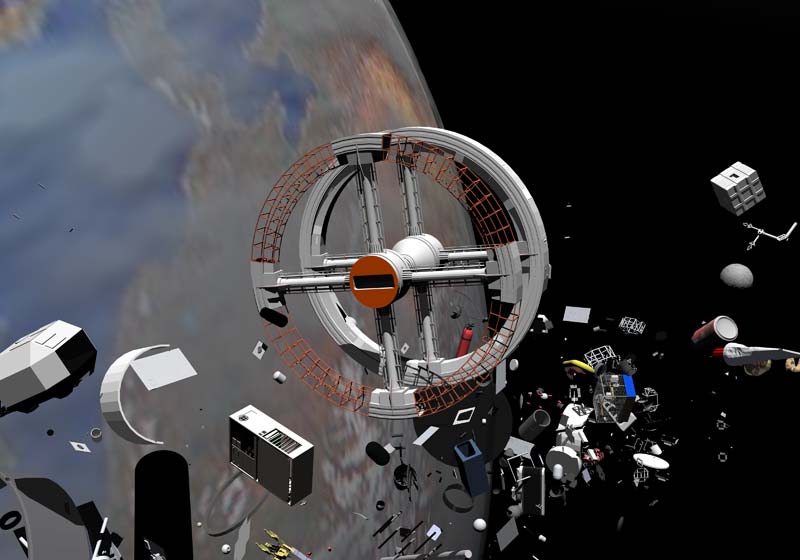
Current estimates suggest an individual’s lifetime risk of being struck by falling satellite debris hovers around one in several thousand, seemingly low but far higher than being struck by lightning twice. More concerning is the trajectory, as launch rates have increased tenfold in recent years and will continue accelerating. Mega-constellations like Starlink plan to deploy tens of thousands of additional satellites, all of which will eventually re-enter.
Mathematical models show the cumulative risk to global populations rising dramatically as debris re-entries multiply. Every launch essentially adds future re-entry events to an already crowded queue. Several near-misses have occurred where debris landed in populated areas just minutes after people passed through, and experts consider it statistically inevitable that someone will eventually be killed. The odds may seem abstract until debris crashes through your roof or lands in your yard, events that happen somewhere on Earth almost daily.
6. Uncontrolled re-entries of massive objects create unpredictable danger zones spanning entire continents.
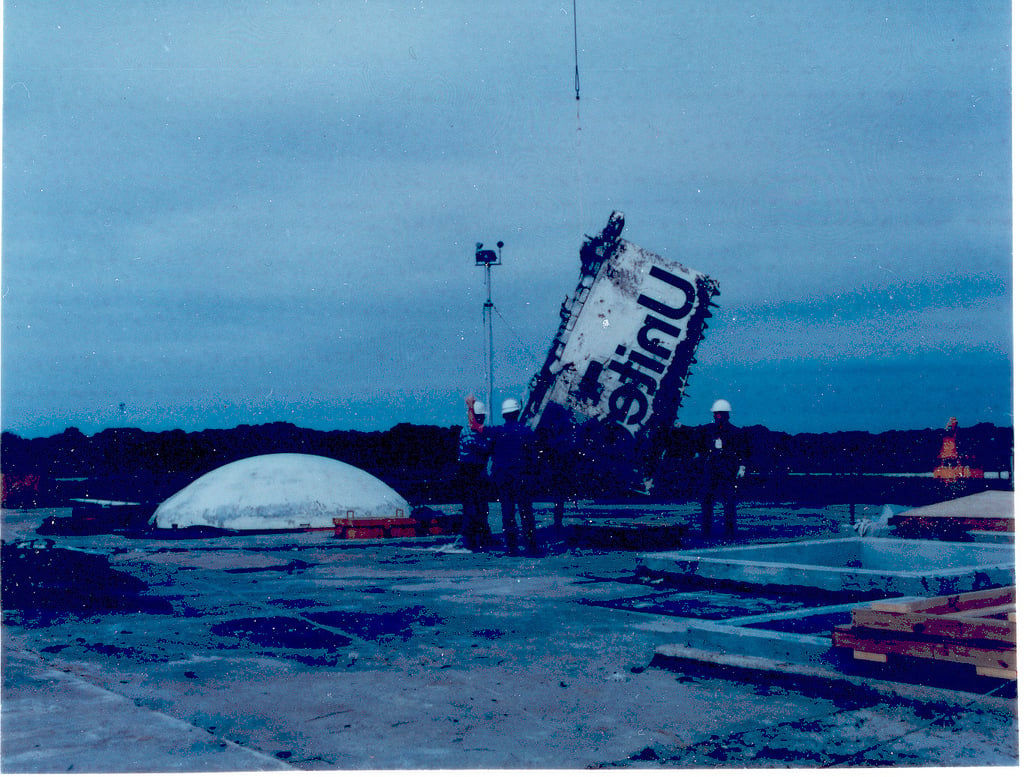
Large satellites and rocket stages weighing several tons can have potential impact footprints stretching across multiple countries when re-entry timing remains uncertain. Space agencies issue warnings that a particular object might land anywhere between 40 degrees north and south latitude, encompassing billions of people across dozens of nations. These vague predictions force entire regions to simply hope the odds work in their favor.
The Chinese space station Tiangong-1 exemplified this problem in 2018 when it re-entered uncontrollably, creating days of uncertainty for people across half the planet before finally splashing into the Pacific. Similar scenarios play out regularly with spent rocket stages, particularly from launches that don’t include deorbit capabilities. Residents in the potential impact zone can do nothing but wait and watch as orbital decay brings the debris closer. Airlines sometimes reroute flights and authorities close airspace, but most people under the potential path go about their lives unaware of the danger overhead.
7. Commercial space companies often design satellites with no viable deorbit plans or disposal systems.

The rush to deploy satellite constellations has led many companies to launch spacecraft without adequate end-of-life disposal mechanisms. Some satellites lack sufficient fuel reserves for controlled re-entry, others have unreliable propulsion systems that fail before deorbit becomes necessary, and many simply weren’t designed with responsible disposal as a priority. Regulatory oversight remains minimal, allowing companies to launch first and worry about cleanup later.
Starlink satellites are supposed to autonomously deorbit at end of life, but several have already failed this process and remain as uncontrolled orbital debris. The problem multiplies across hundreds of companies now accessing space, many operating on tight budgets that prioritize getting satellites operational over ensuring safe disposal. International guidelines recommend removing satellites from orbit within 25 years of mission completion, but compliance is voluntary and largely ignored. The resulting accumulation of dead satellites guarantees increased re-entry events for decades, regardless of whether new launches stop entirely.
8. Impact detection systems can’t distinguish between space debris and missile attacks during re-entry.
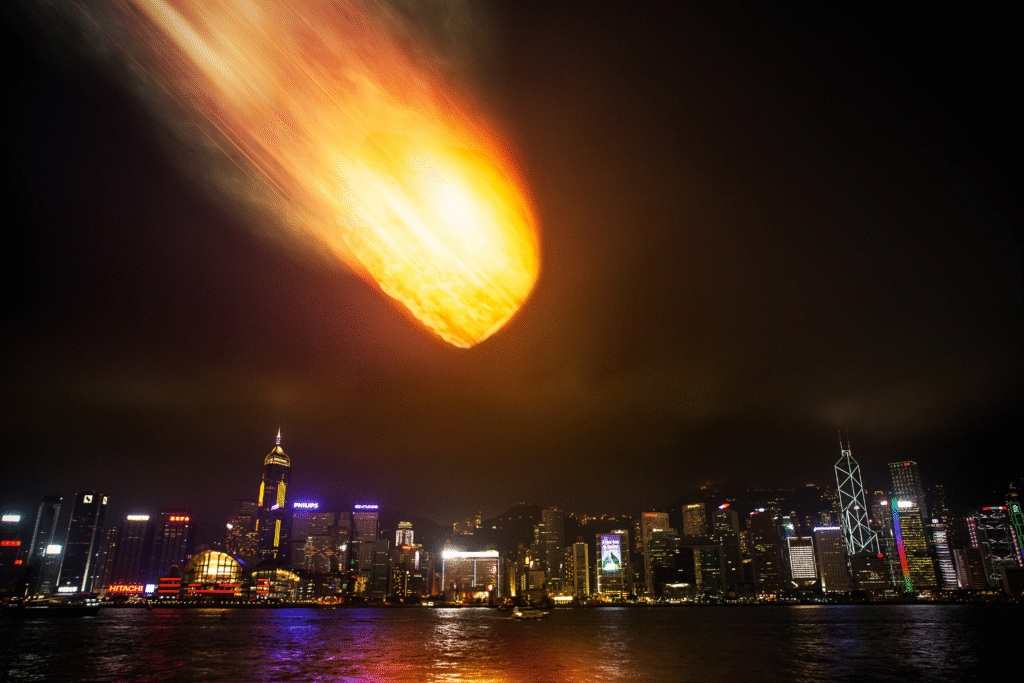
Military early warning systems designed to detect incoming missiles sometimes confuse large pieces of space debris with hostile threats, creating potential for catastrophic misunderstandings. The radar and infrared signatures of re-entering debris closely resemble those of intercontinental ballistic missiles during certain phases of descent. Several incidents have brought nations to heightened alert status before analysts determined the threat was merely space junk.
The increasing frequency of uncontrolled re-entries raises the probability of a dangerous misidentification, particularly during periods of geopolitical tension when militaries maintain hair-trigger readiness. Communication between space agencies and defense departments isn’t always seamless, especially when debris comes from adversarial nations. A large Chinese or Russian rocket stage re-entering over sensitive regions could theoretically trigger defensive responses before proper identification occurs. The compressed decision-making timelines for potential nuclear responses leave little room for verification, making space debris re-entry an underappreciated risk to global security beyond the physical impact dangers.
